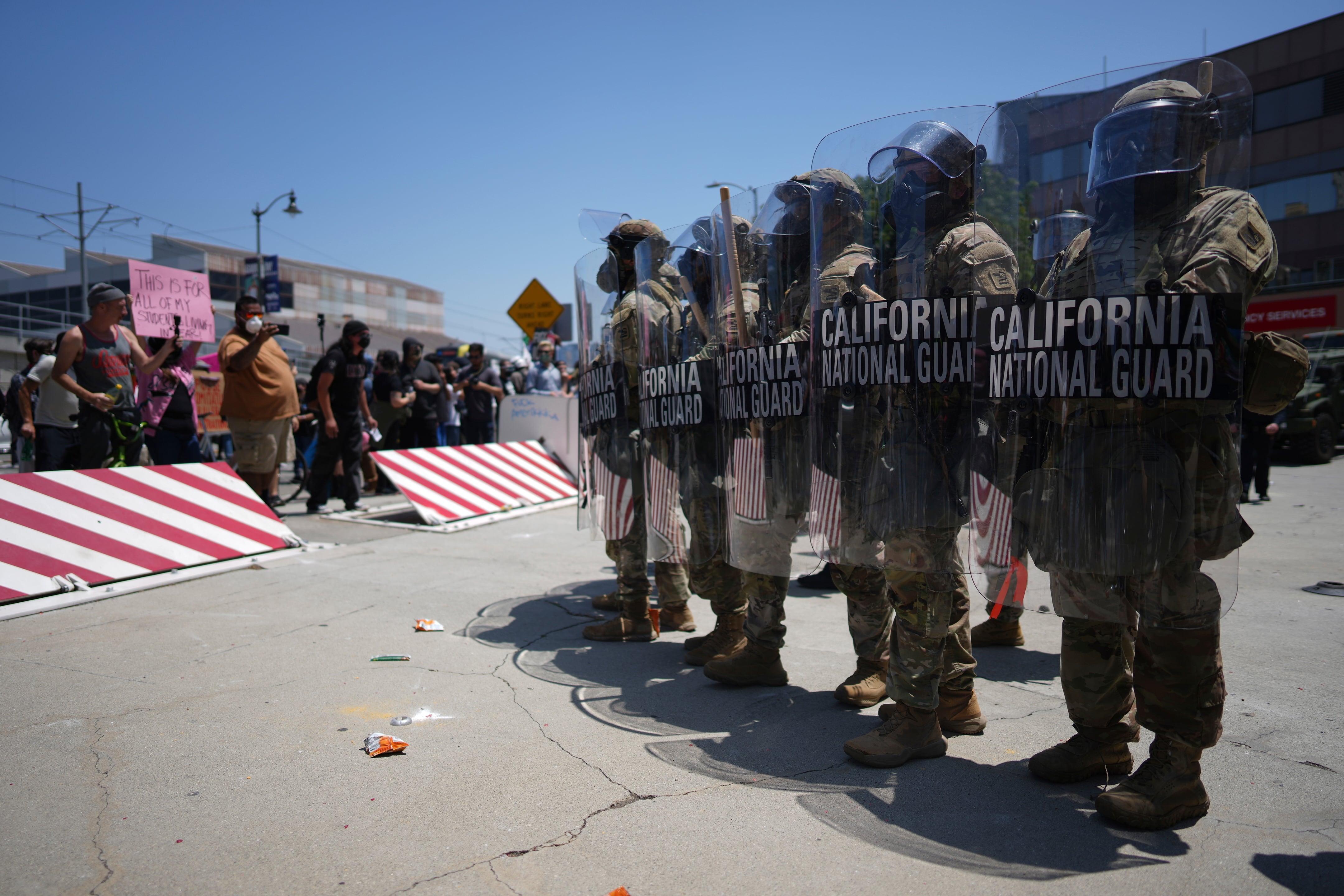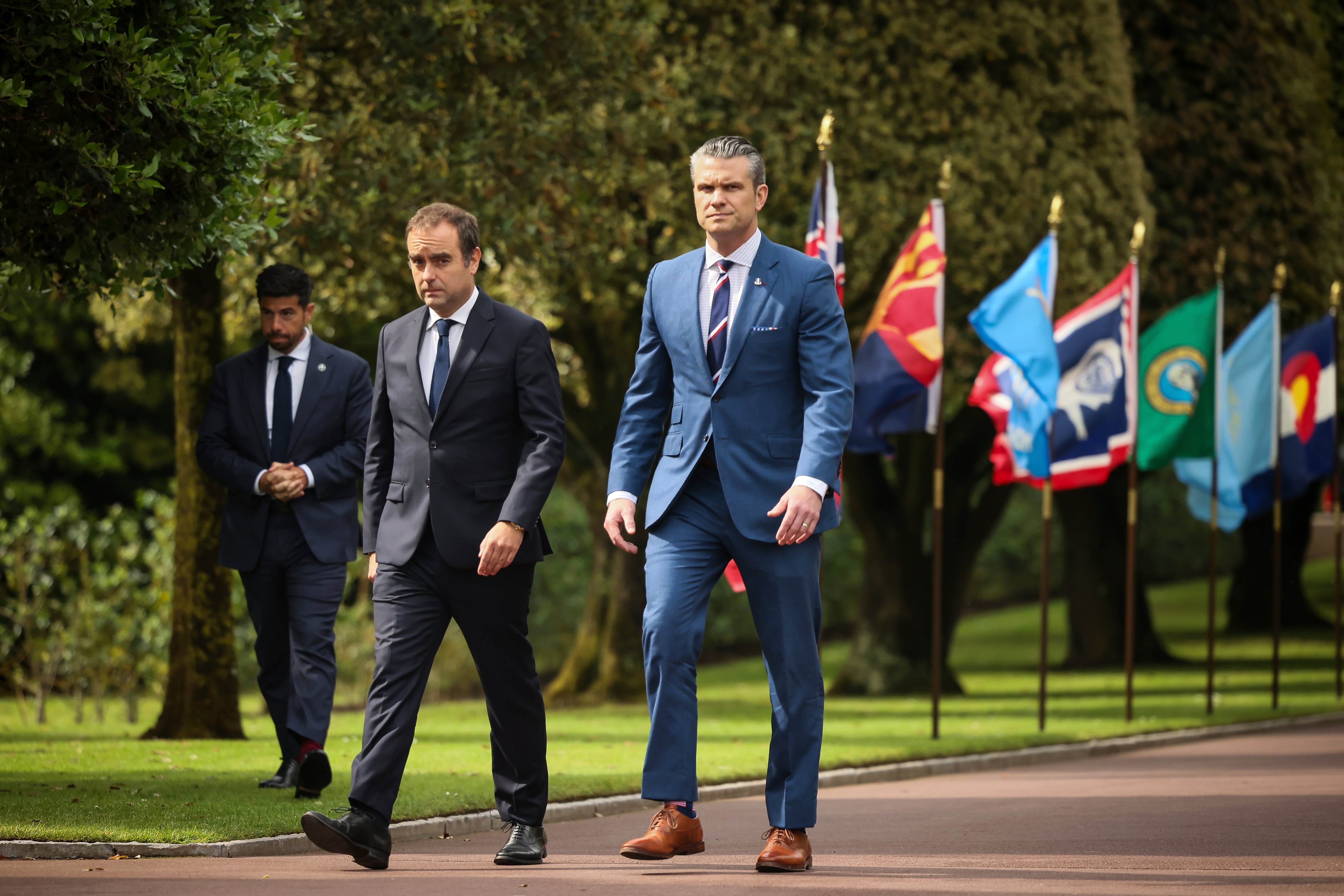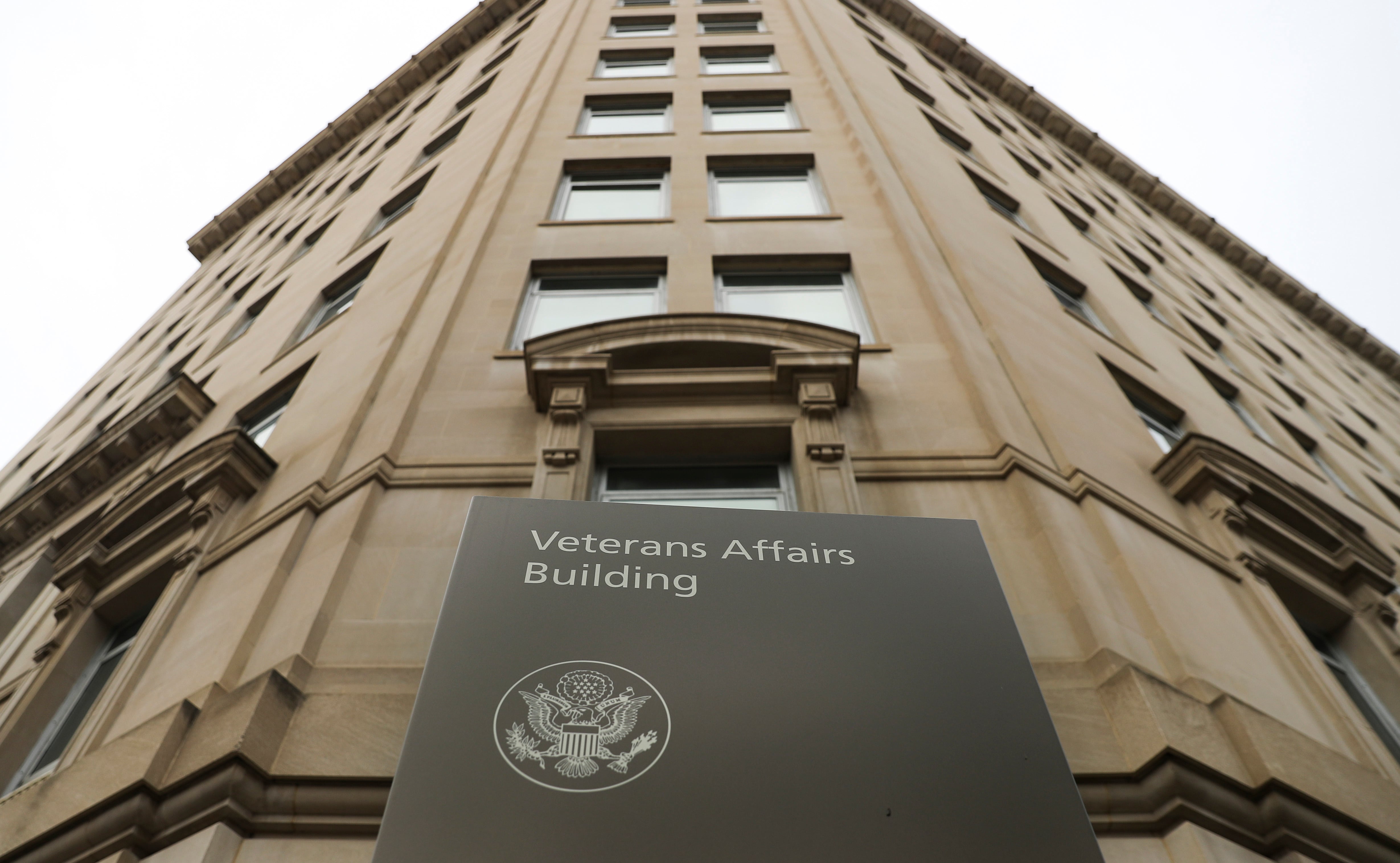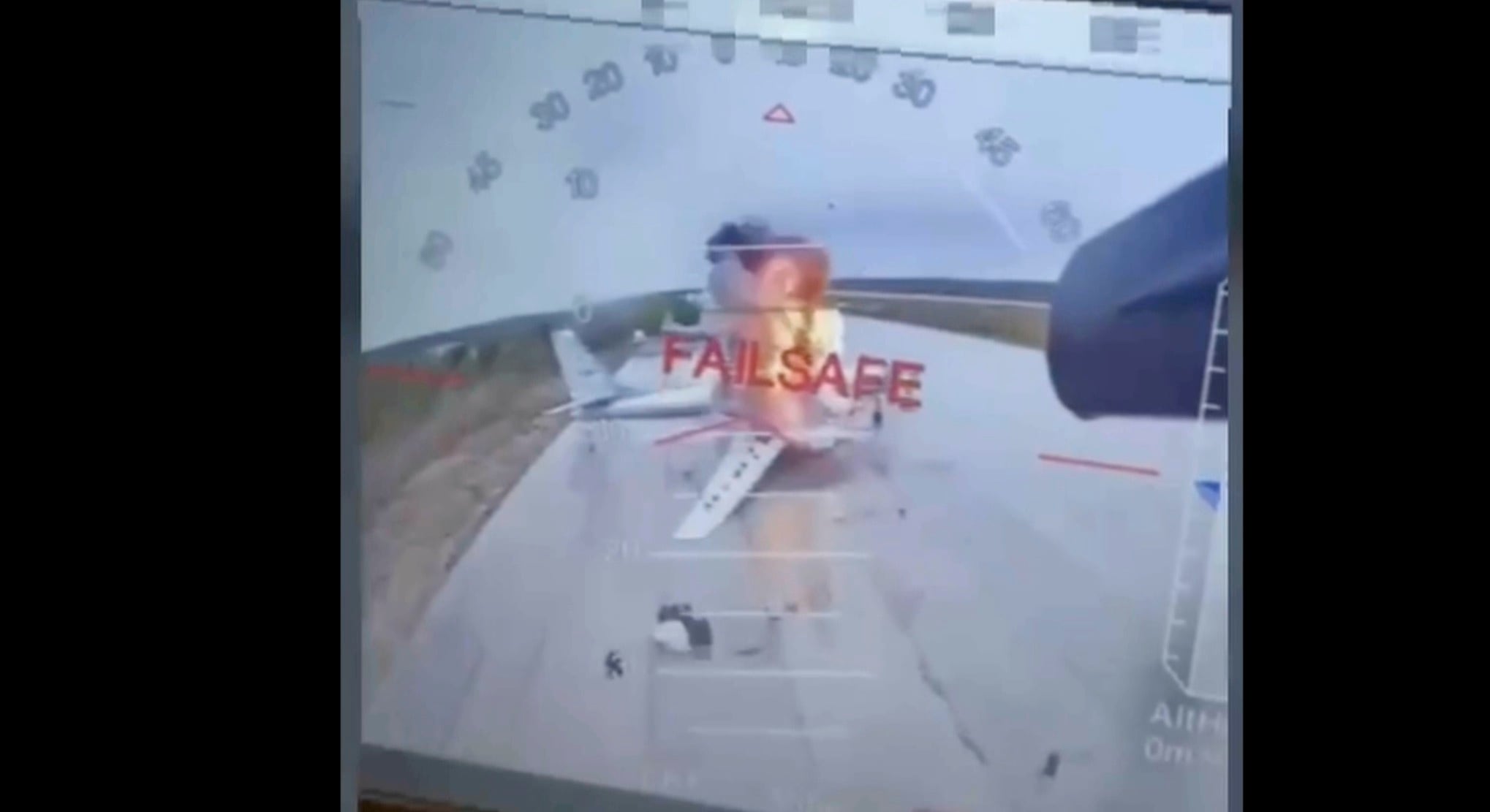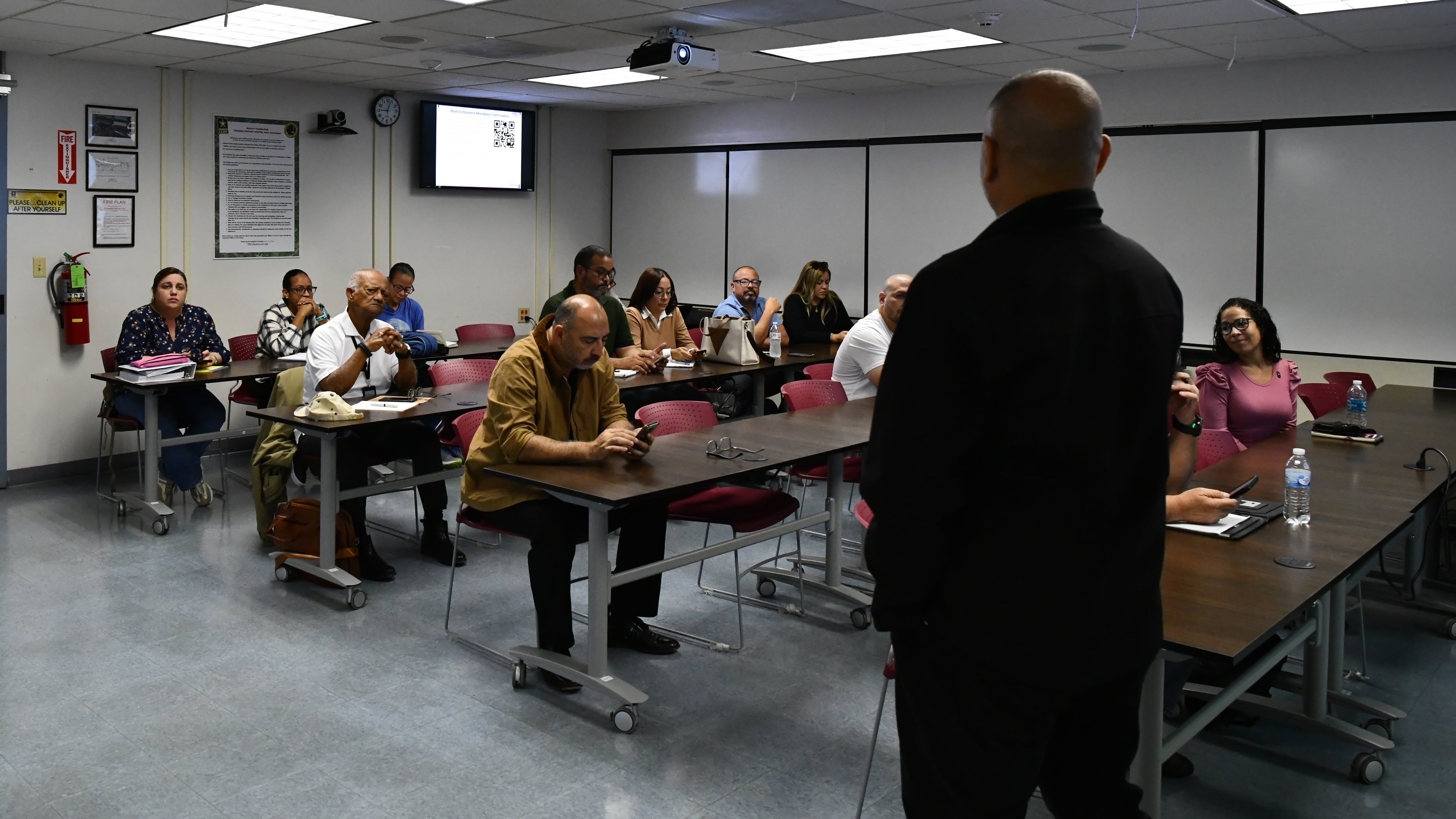In the words of X-Files-assigned FBI Special Agent Fox Mulder: “I want to believe.”
Once upon a time, maybe the U.S. Air Force wanted to as well.
In the early days of the Cold War, the skies over the continental U.S. were flush with sightings of objects that led many Americans to look to the stars for answers. The Air Force’s own answer was more bureaucratic.
The service began Project Blue Book in 1952 as a systematic study of unidentified flying object sightings. The project was charged with scientifically analyzing UFO data to determine whether UFOs were a national security threat.
Although it was officially terminated in December 1969, the project has captured the imagination of science fiction fans ever since its findings were publicly disclosed. Now, a new generation of UFO researchers may be spawned with the airing of the History Channel’s new TV series “Project Blue Book.”
The series premiered Jan. 8, and will run for ten episodes in the first season. History Channel described the new show as being “based on the true, top-secret investigations into [UFOs] and related phenomena conducted by the United States Air Force."
In the show, as well as real life, University of Chicago-trained astronomer Dr. Joseph Allen Hynek is recruited from his college professorship to serve as the scientific adviser to the clandestine Project Blue Book.
Hynek also consulted for the Air Force on two earlier UFO investigations known as Project Sign and Project Grudge, which both began and ended prior to Blue Book. In the show, he and his partner, Air Force Capt. Michael Quinn, are summoned to investigate UFO sightings across the country.
The duo quickly find, though, that some encounters cannot be easily dismissed.
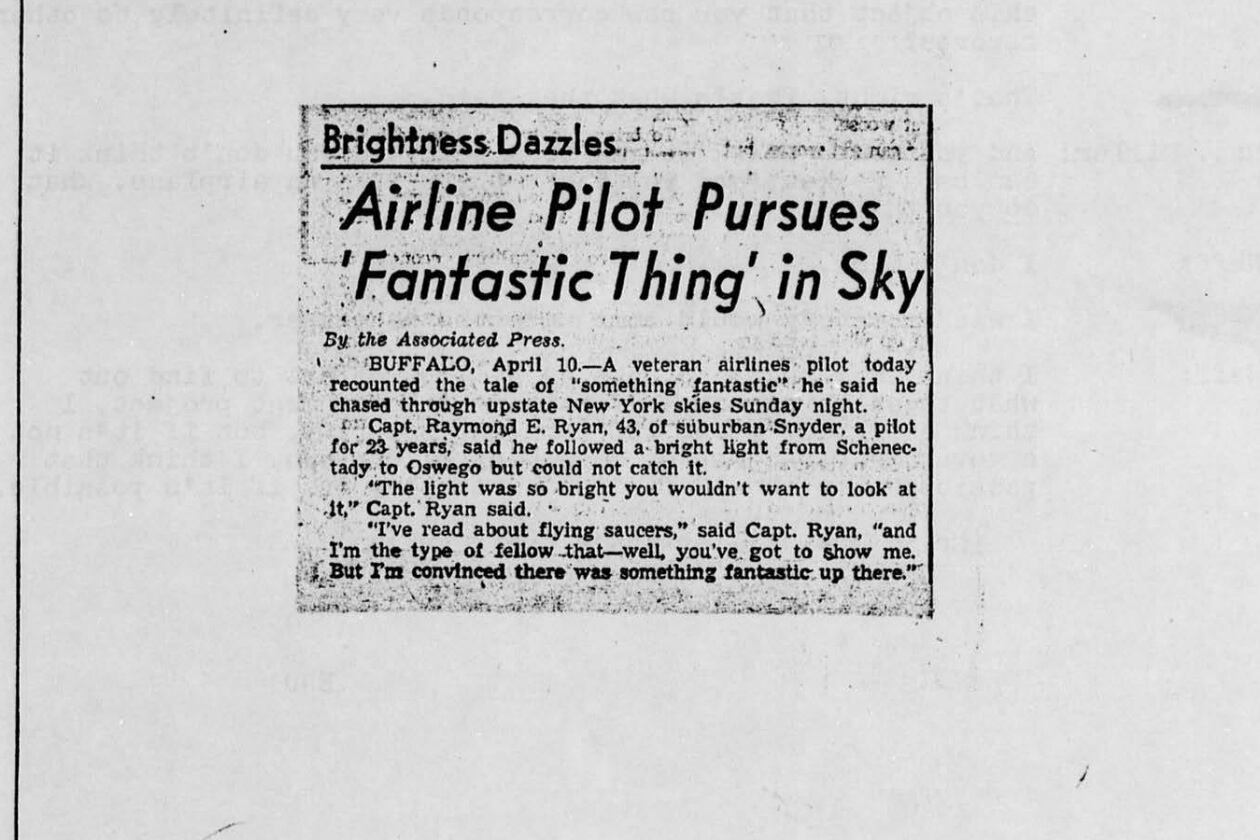
The series diverges from historical fact when Hynek begins to suspect that he has been duped by the government into a conspiracy to cover up the truth.
The show is set against the backdrop of the Cold War and the rise of atomic weapons. Each episode in the series draws from the source material of actual Project Blue Book case files, “blending UFO theories with authentic historical events from one of the most mysterious eras in United States history,” according to the History Channel.
Still, there is some basis for Hynek’s mistrust of the Air Force.
In his 1977 book titled “The UFO Experience,” Hynek chronicled a personal shift away from his role as a UFO debunker, the role which he said the Air Force expected him to perform.
RELATED

Over time, Hynek came to believe that while a great many UFO sightings could be explained as normal phenomena misidentified by untrained eyes, some cases could not be reconciled with known scientific knowledge.
Before the service shut the project down, he reported that he believed UFO sightings deserved more rigorous scrutiny, and that the surplus of reliable witnesses, including pilots and high-ranking military personnel, indicated that there was more than what meets the eye when it came to UFOs.
Regardless of his later beliefs, Project Blue Book officially concluded on a more skeptical note.
Thousands of UFO reports were filed and studied as part of the project. In its final report on Blue Book, the Air Force summarized its findings as follows:
- No UFO reported, investigated and evaluated by the Air Force was ever an indication of threat to our national security;
- There was no evidence submitted to or discovered by the Air Force that sightings categorized as “unidentified” represented technological developments or principles beyond the range of modern scientific knowledge; and
- There was no evidence indicating that sightings categorized as “unidentified” were extraterrestrial vehicles.
All Air Force documentation pertaining to Project Blue Book was eventually transferred to the Modern Military Branch, National Archives and Records Service, and is available for public analysis.
“Since the termination of Project Blue Book, nothing has occurred that would support a resumption of UFO investigations by the Air Force,” the service said in an archived fact sheet on the report from July 2012. “Given the current environment of steadily decreasing defense budgets, it is unlikely the Air Force would become involved in such a costly project in the foreseeable future.”
Funny enough, though, the U.S. Defense Department’s intelligence arm was actually involved in UFO research at that time.
In December 2017, the Pentagon acknowledged for the first time that a program was established in 2007 to investigate service members’ reports of unidentified flying objects. That project didn’t end until 2012, though some officials speculated that it is ongoing, according to the New York Times.

The project, called the Advanced Aerospace Threat Identification Program, had the backing of then-Senate Majority Leader Harry Reid as well as former Sens. Ted Stevens, R-Alaska, and Daniel Inouye, D-Hawaii.
“I’m not embarrassed or ashamed or sorry I got this thing going,” Reid said after the project became public in 2017. “I think it’s one of the good things I did in my congressional service. I’ve done something that no one has done before.”
One of the most famous of the publicly disclosed videos from Reid’s pet UFO project involved footage taken by U.S. Navy fighter jets as they tracked an unknown object maneuvering in inexplicable ways off the coast of southern California in 2004.
The existence of these programs doesn’t necessarily mean that UFOs are extraterrestrial in nature. But they do show that the government takes unidentified aerial objects seriously, perhaps worried about the ever-growing capabilities of near peer adversaries — or far.
Kyle Rempfer was an editor and reporter who has covered combat operations, criminal cases, foreign military assistance and training accidents. Before entering journalism, Kyle served in U.S. Air Force Special Tactics and deployed in 2014 to Paktika Province, Afghanistan, and Baghdad, Iraq.

